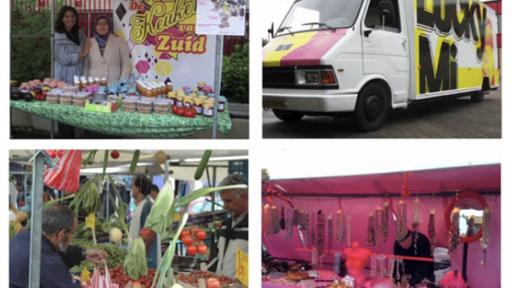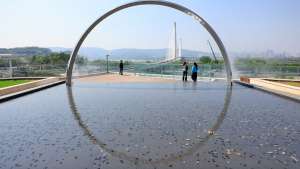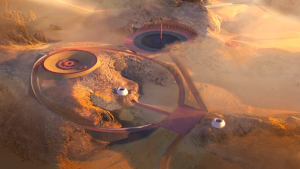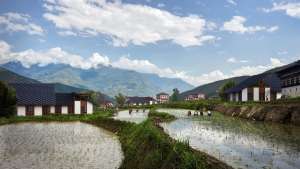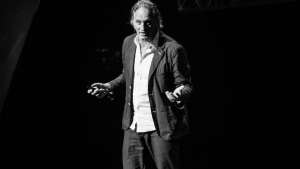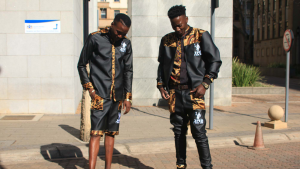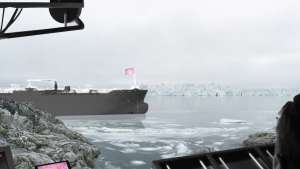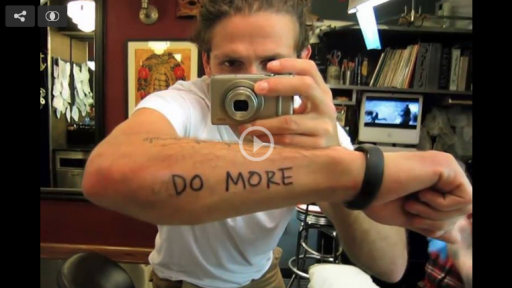For somebody to be a citizen, to take part in the shaping of a city, there has to be a sense of belonging. This is the premise of much of the work that Dutch artist Jeanne van Heeswijk concerns herself with. She believes that the people in a community are the best suited to developing, improving and managing the interests in that community.
At Design Indaba Conference 2013 Van Heeswijk spoke about the public space projects she is involved in, with specific references to one in Rotterdam in the Netherlands and one in Liverpool in the UK. For her, creating public faculty starts with embedding oneself into the community and just going and speaking to people. People need to be engaged in a conversation with each other to learn how to collectively think about organising issues of public interest and concern.
As an artist Van Heeswijk is concerned with the question of how the skills of the artist or designers can be applied for social good in a complex world that is undergoing rapid change and experiencing pressure from the forces of globalisation.
In developing urban communities Van Heeswijk proposes that two important things need to happen. The one is that local production needs to be radicalised, so that the community can tap into existing qualities in the area and find ways of making this more tangible and more visible. Secondly, Van Heeswijk says, communities need to be encouraged and assisted to take matters into their own hands – to create their own antidote.
Repetition is arguably the most important element of urban activities for Van Heeswijk. “Repeat, repeat, repeat, learn, make mistakes, test again, re-take, try again, do it again and again,” she says. And in all of this it is important to get the skills of different people in the community involved.
Van Heeswijk also spoke about the notion of a creative city, organisational forms in community building, storytelling and the importance of thinking about a neighbourhood as a small-scale alternative.


